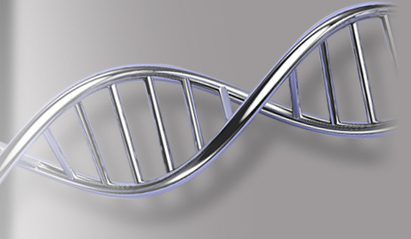Systematics
You are here
If you are working in Systematics, the chances are that you will need to work with sequence data at some point. Because single bases matter, you want to have the cleanest possible sequences so trimming the data is important. You might be assembling across several organisms or samples at the same time. A time saving tool that allows you to use information embedded in the sequence name to differentiate between your samples and keep them separated into individual contigs might be handy too. You’ll find this feature, which we call Assemble by Name, and many more in Sequencher.
A choice of assembly algorithms and consensus calculations to suit your data is a must. For tracking down disagreements in your contigs, and editing them if necessary, Sequencher has an array of powerful tools. The importance of locating sequence differences between your samples, which you might wish to annotate, is easily accomplished using the Variance Table. This table not only shows the differences but allows you to check, annotate, or edit in situ because of its dynamic links to the underlying data. If you are focussing on specific regions of the sequence, then having Features on your sequence is a must. By adding GenBank-style feature annotations, you can tell the Variance Table to display only those differences that lie within a specific region such as a gene, exon, CDS, and so on. That's not the only use for Features, which are displayed on single sequences, in contigs, in the Variance Table, and in the Summary report.
If your data set is incomplete, or you need to design new primers, or perhaps you just want to check the information you have already obtained against a variety of BLAST databases, you will need a new kind of tool. Sequencher Connections is just that. You have control over how many sequences you want to use in your search, and you can control the options for the search. If your goal is to get new primers, then use Sequencher’s Primer-BLAST interface in Sequencher Connections to design your primers. Once the primer results are back, you can pick the ones you want to add to your project. If you want to check which primer best suits your region of interest, then use the Schematic to view the results of all the searches as a consolidated graphic. We have also added the MUSCLE algorithm to Sequencher Connections, and once the alignment is finished, you can view the results as a rectangular or circular cladogram, as well as a sequence alignment. We are cognizant of the fact that you may have specialist tools you want to use to do further analyses on your data so a rich set of export formats has also been provided.
Nowadays, many researchers use NGS to align or assemble their sequences. Genome skimming, whereby the organism in question is subjected to a shallow depth sequencing approach, is finding wide application in molecular systematics. In conjunction with multiplexing, it is becoming cheaper to perform studies this way than by using Sanger sequencing. Sequencher contains the tools necessary for MultiplexID studies in conjunction with reference-guided alignment or de novo assembly. The results can be viewed in the Tablet genome viewer or your viewer of choice.


